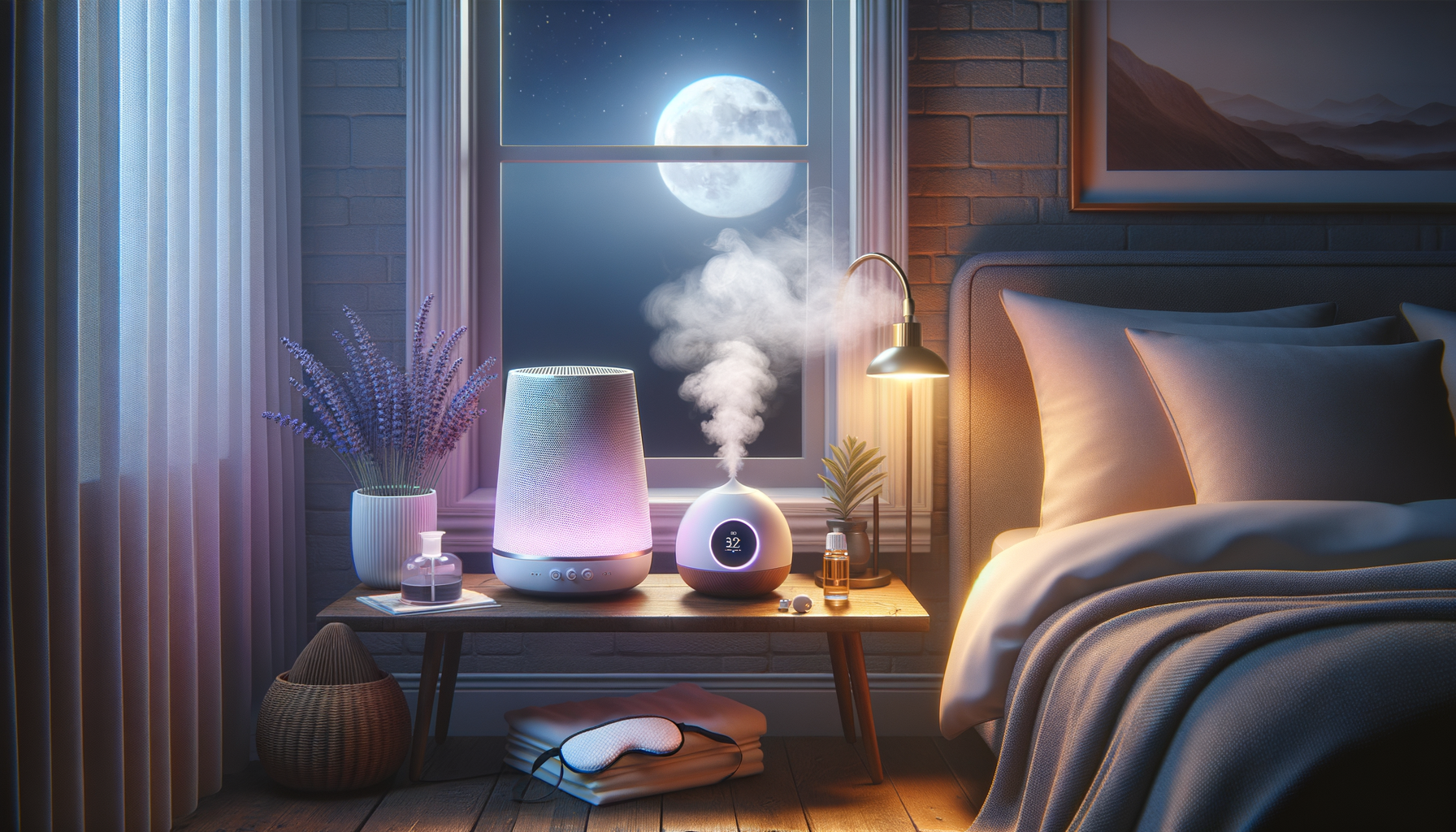
How to fall asleep more quickly: simple technique
Understanding the Sleep Technique
Many people struggle with falling asleep quickly, often lying awake for hours before finally drifting off. This issue has led to the exploration of various sleep techniques, one of which has gained popularity for its simplicity and effectiveness. This method involves a combination of breathing exercises, muscle relaxation, and mental visualization, aiming to calm the mind and body, making it easier to fall asleep.
The technique begins with deep breathing exercises, which are known to reduce stress and promote relaxation. By focusing on slow, deep breaths, individuals can lower their heart rate and signal to their body that it is time to rest. Following the breathing exercises, the technique incorporates muscle relaxation, where individuals consciously tense and then release each muscle group in their body. This process not only helps release physical tension but also shifts the focus away from racing thoughts.
Finally, the technique involves mental visualization, where individuals imagine a peaceful and relaxing scene. This visualization helps distract the mind from daily stresses and worries, creating a mental environment conducive to sleep. While this technique may not work for everyone, many have reported significant improvements in their ability to fall asleep more quickly and enjoy a more restful night.
The Science Behind the Technique
The effectiveness of this sleep technique can be attributed to its basis in well-established scientific principles. Deep breathing is a cornerstone of many relaxation practices, as it activates the parasympathetic nervous system, which is responsible for promoting a state of calm and relaxation. By focusing on deep, rhythmic breathing, individuals can reduce the physiological symptoms of stress, such as increased heart rate and blood pressure, which often hinder the ability to fall asleep.
Muscle relaxation, another component of this technique, is rooted in the practice of progressive muscle relaxation (PMR). PMR has been widely studied and shown to reduce anxiety and improve sleep quality by systematically relaxing each muscle group in the body. This practice not only alleviates physical tension but also shifts focus away from intrusive thoughts that can delay sleep onset.
Mental visualization, the final element of the technique, leverages the power of the mind to create a serene mental landscape. Visualization techniques have been used in various therapeutic settings to manage stress and anxiety, as they help redirect attention and foster a sense of calm. By imagining a peaceful scene, individuals can create a mental escape from their daily stresses, making it easier to transition into sleep.
Integrating the Technique into Daily Routines
For those interested in trying this sleep technique, integrating it into a nightly routine can enhance its effectiveness. Consistency is key, as the body and mind respond well to regular patterns, especially when preparing for sleep. Begin by setting aside 10 to 15 minutes each night to practice the technique, ideally in a quiet and comfortable environment.
Start with the deep breathing exercises, focusing on inhaling slowly through the nose and exhaling through the mouth. Aim for a count of four on each inhale and exhale, gradually increasing the duration as you become more comfortable. Once you feel relaxed, transition to the muscle relaxation component. Begin at your toes and work your way up, tensing and releasing each muscle group for a few seconds before moving to the next.
Finally, close your eyes and engage in the mental visualization exercise. Picture a scene that you find calming and pleasant, such as a quiet beach or a serene forest. Allow yourself to become fully immersed in this mental image, letting go of any lingering thoughts or worries. Over time, with regular practice, this technique can become a powerful tool in your sleep routine, helping you fall asleep more quickly and enjoy a more restful night.


